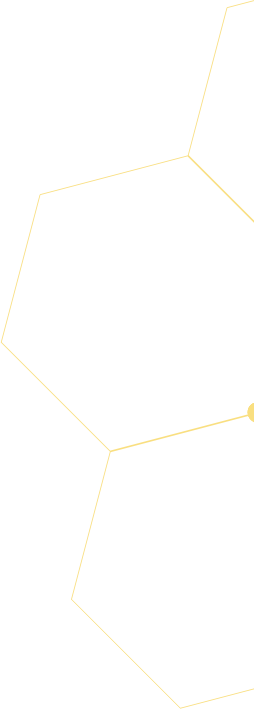Marketing Glossary
These are some of the words we use and what they mean.
Website
the small series of links at the top of some web pages that show the path back to the home page, with links to take you to each intermediate step.
This is the software that powers most websites. Instead of writing code to add new content to the site, you can use a special control panel to add content through a point-and-click interface.
The different components of a single web page
This is a special type of post we create on the back-end of your site so you can easily add more content in a specific area. An example would be a “staff” CPT. Instead of creating separate pages for each one, then having to work to make them look the same, you can just click “Add new staff member”, fill in the content, and it formats everything automatically.
A way for developers to access the files directly on your web hosting server. It’s unlikely that you’ll need to access anything via FTP, but we often do to help with maintenance and updates.
this differentiates between pages that need special care and attention given to them to make sure all of the content is laid out in a way that makes sense ("high-impact", like our about page) versus pages that are more simple text and can just flow naturally ("low-impact", like our accessibility statement).
The main landing page on your website
any page that is not the home page of a website, such as the one you're on right now
While a “theme” dictates the look and feel of your site, plugins add functionality—such as contact forms, photo galleries, search engine optimization, security, or even e-commerce capability.
The navigation structure of your website
Most CMSs, (including WordPress) use themes to determine how the website will look and operate, like a website template. At GreenMellen, we build custom themes to fit our clients’ needs, which results in faster loading and more secure sites. However, there are tens of thousands of pre-made themes to choose from—for some businesses that’s a better option.
This is the address you type in to visit a website, for example: “greenmellenmedia.com”. Some will have a “www” in front of them, but that generally doesn’t matter. If you’re interested, URL stands for Uniform Resource Locator.
WordPress is the CMS that we use at GreenMellen. It’s been around since 2003 and is by far the most popular CMS in history. As a result, it’s widely supported and offers a ton of features to help make your website effective and easy to update.
With WordPress (and most content management systems), updates are released periodically. Some are for functionality, and some are to fix major security issues. In addition, plugins and themes may also have updates that need to be installed. With GreenMellen’s web maintenance, we handle those updates, as well as daily backups, malware scans, and other activities to help keep your site running smoothly.
Design
A digital mockup of a webpage depicting what the final page will look like once built in the browser.
The black and white digital sketch of your website that shapes the content flow of each webpage.
Marketing
the thing you want someone to do when encountering your marketing. Ideally, every marketing piece should have a clear and compelling CTA. For example, your primary website CTA could be to schedule a free consultation call. Therefore, this should be the most prominent button for them to click on.
online, real-time views of your marketing metrics. GreenMellen creates a separate scorecard for every marketing service we provide, such as website, social media, or digital advertising.
a series of emails that are automatically sent out to people based on the actions they take. For example, four welcome emails sent out over the course of a week are sent to anyone who signs up for your email list. These automations (sometimes referred to as customer journeys) can be created in most email marketing platforms.
the metrics that are most important to your company’s digital marketing success. These could be any data points like website traffic, social media referrals, or email list growth—just as long as they’re valuable to your business growth.
a valuable piece of content that can be shared in exchange for contact information from a potential customer. For example, a free ebook hosted on your website that your audience can download by providing their email address.
Google Spreadsheets created for each client as a central hub for all ongoing marketing content. That includes a summary of the scope of work, a wish list, and content calendars for blogging, social media, and email (as applicable).
the value your business receives proportional to the time or money you put into something. For example: you spent $250 in social media advertising, but it returned $1,500 worth of sales. Proving ROI is one of the challenges in digital marketing.
UTM stands for Urchin tracking module, which is the protocol for tracking how users interact with the links you share. Practically speaking, these are just tags you attach to links that can be viewed in Google Analytics once a link is clicked.
Admin
GreenMellen’s community outreach and education program, based on our mission of creating a brighter web. This includes our monthly meetups, podcast, monthly email newsletter, and other free resources.
The phase of your strategy when more website pages and marketing services are added. GreenMellen’s goal is to help all our clients move to a place of continuous improvement.
A basic (typically single-page) website that is launched quickly, with a plan of more pages to be added to gradually over time. This concept is a part of the strategy that makes a website more agile and adaptable.
Our team members who are knowledgeable on a specific topic or tool. We involve these SMEs in supporting or consulting with a client when they need help with that specific topic.
A series of ideas for future projects to work on together with a client. This helps us to keep moving forward with a strategy during the continuous improvement phase. Click here to see an example of a fake company’s wish list.



